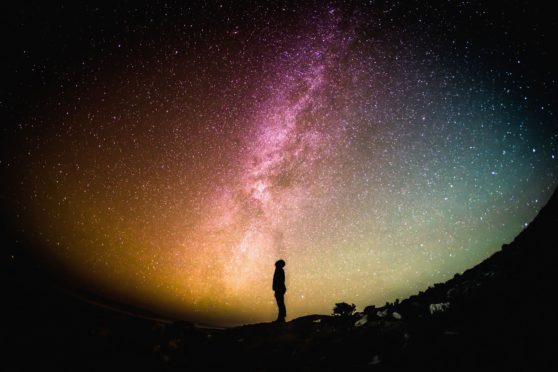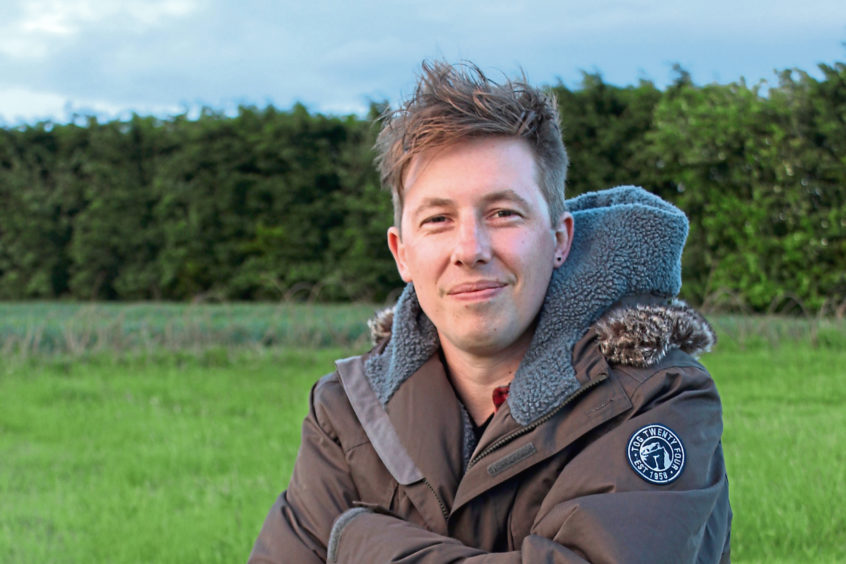
Every night, the stars and planets twinkle down at us from many millions of miles away, captivating the interest of budding astronomers. Here, Matt Gaw, author of Under The Stars, tells all about stargazing to inspire your own journey into space.
What made you interested in exploring the night sky?
When I was researching and writing my first book, The Pull Of The River, I spent quite a few nights in a hammock staring up at the stars, but it was something my then-10-year-old son said that finally got me to explore.
He’d been arguing for a later bedtime and as he stomped upstairs he complained about how humans, on average, spend 26 years of their lifetimes asleep.
Those words nagged at me and made me realise my experience of night was really limited – despite my life’s apparent fullness, it was, in some ways, only being half-lived.
Are there any tricks for identifying constellations?
Start early in the evening when only the brightest stars are going to be visible.
Then I always try to locate the asterism of the Plough in the constellation of Ursa Major, the Great Bear.
Once you have that, you can draw a diagonal line from the saucepan’s edge to the North Star.
Do you need to have a telescope to stargaze from home? Or can you start with just the naked eye?
I still haven’t got a telescope, so yes, the naked eye is fine! It’s a really good way to start as it really allows you to see how the jigsaw of the sky all fits together.
It also means you don’t miss out on those unexpected things, like shooting stars or the zip of a satellite.
Binoculars are great at getting an extra bit of detail. I always try to remember mine so I can get a good look at the moon.
Do you have a favourite constellation, planet or star?
I have a real fondness for Cygnus: I love the way the swan’s neck seems to be really stretched out across the night sky.
Near Cygnus, is the little golden harp of Lyra. We named our dog after Lyra, so I always think of her when I look up.
In terms of planets, I don’t know whether it is a throwback to too many sci-fi films when I was little, but I still get a buzz out of seeing Mars. It’s so “other”!
Can we still see stars even when living in a city?
The glare from artificial lights does have a real impact on the amount of stars we can see.
Even major constellations can be hard to spot or disappear altogether, and the sad fact is that 70% of the UK are now unable to view the Milky Way.
But there is still plenty to see in the night sky even if you live in a city. Venus, the shepherd’s star, is clear even in urban locations, and watching the moon is still magical.
You describe Scotland as “where the night lives” – why?
Quite simply, there is more dark sky in Scotland than anywhere else in the UK.
Not only are there fantastic and designated sites, like those at Galloway Forest and on the Isle of Coll, but there are also a lot of remote and rural locations where there aren’t many people and therefore not many lights.
Are there any astronomical events coming up we can keep an eye out for?
Well, on May 7 we have the last supermoon of 2020.
A supermoon is one that appears large and bright in the sky due to being at the point in its orbit when it is closest to the earth.
The May moon, known as a Flower Moon as it coincides with spring blooms in the northern hemisphere, is the fourth supermoon we’ve had this year.
Even without a telescope or binoculars it should be possible to view the moon’s craters and basins.
Under The Stars: A Journey Into Light by Matt Gaw is published by Elliott & Thompson £12.99 hardback

Enjoy the convenience of having The Sunday Post delivered as a digital ePaper straight to your smartphone, tablet or computer.
Subscribe for only £5.49 a month and enjoy all the benefits of the printed paper as a digital replica.
Subscribe